1. Maracuyá (Passion Fruit)
Maracuyá is my favorite juice, by far. It also shows up in desserts like cheesecake or ice cream. Also, one of my friends makes a mean maracuyá mojito. I’ve never seen this fruit eaten solo — always in a juice or dessert.
2. Granadilla (Google translated as passion fruit or passion flower?)
Granadilla looks a bit like maracuyá, but it is eaten plain, not as a juice. You can either scoop out the insides (which have a texture like brains or snot, an American once commented) with a spoon or sort of slurp them out. I am especially a fan of their seed-y ness (almost as much as pomegranates). We get these at school with lunch a fair amount.
3. Mangustina
This fruit doesn’t show up that often — I’ve never seen it at school and not all stores have them. Mangustina are often sold in the street in a wheelbarrow, or in small bags by men who weave among cars at traffic lights. When my family was here, we bought some at a light and then I left them in the taxi. The white pulp inside is sweet and a bit tangy — totally different than anything else.
4. Tomate de árbol (Tamarillo in English. Has anyone ever heard of that?)
I know this fruit as a juice, but have never seen it eaten alone. The juice is thick and tastes like a combination of orange cherry tomatoes and grapes. I like it because it’s not too sweet, and it feels very potent.
5. Uchuvas (Gooseberries?)
These are made into a juice or eaten plain; at school, they often serve uchuvas with sliced strawberries. They are very acidic and sharp, and look almost exactly like cherry tomatoes.
6. Lulo (Solanum quitoense or naranjilla — even Wikipedia has no English name)
Lulo is another juice-exclusive fruit, with a taste similar to kiwi. The juice is light green, so I was surprised to recently learn what the fruit itself looks like. Lulo also pairs very well with vodka or rum.
7. Guanabana (Soursop)
Guanabana is popular both as a fruit and as a juice. As a fruit, it is served in big slimy laddle-fulls, at school and often, on the street. I am not a fan of the texture, especially the giant black seeds that you have to tease away from the fruit and spit out; however, I think the juice (white, often blended with milk) is okay.
You can see why I am proud when I can name the juice of the day in the school cafeteria — so many new fruits!
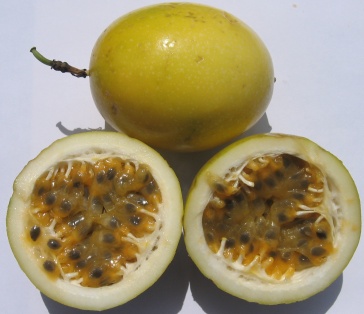
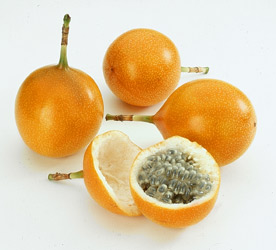


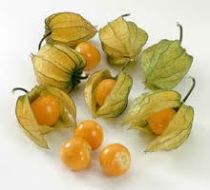
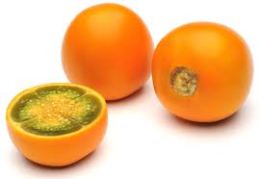
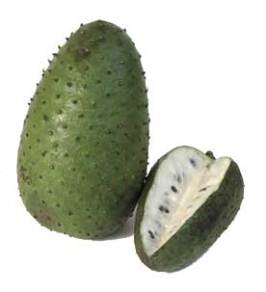
woah so cool!
You’ve listed all my favorites!!! 🙂
My dear neighbor,
You did not need to travel all that way to find gooseberries! They grow within 100 feet of your front door on Prescott Road! I hope you will stop by in August when they are ripe and let me share some.
;-D
I look forward to trying some of them soon!
I go down to Colombia a couple of times a year and as far as I am concerned the have the freshest and best tasting juices anywhere I have been. Muy, muy sabroso!